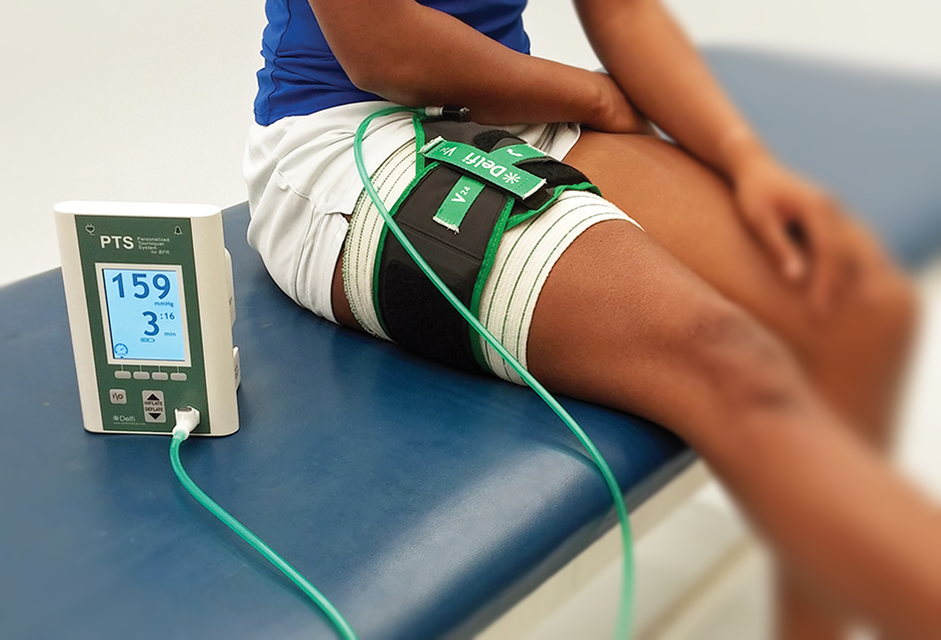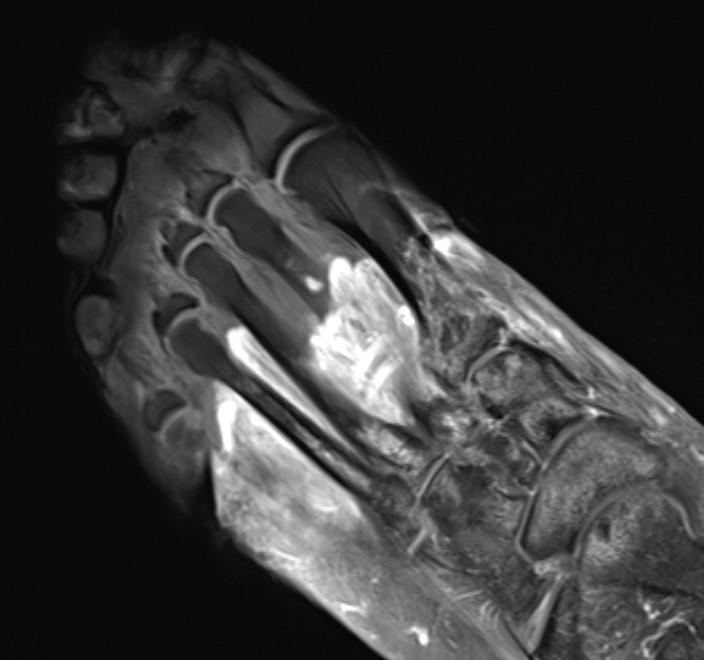BFRT
Blood flow restriction training, also known as tourniquet training, has been around since the 1960s. It was developed in Japan. Before 2008, blood flow restriction training (BFRT) tools were not easily accessible in the United States. Therefore, it didn’t have a lot of research done here. Since then, there has been a lot of research showing the important roles it can play.
The technology has improved over time. Early BFRT was done by using straps or large elastic bands and pulled tightly around the desired body part. These days, BFRT is done more precisely. It’s done by calculating certain limb pressures that cause occlusion in a limb. It’s similar to how you take blood pressure at your doctor’s office. A cuff is pumped to a certain level and left for a while, or while specific exercises to be performed. There are protocols which your therapist will follow. Your therapist can also make you a specific plan that you can follow depending on your desired goals.
What is it good for?
The goals for BFRT may include to preserve muscle mass and strength, bone density and function, muscle size and strength, aerobic capacity, recovery, and to improve pain levels. As with most modalities, there are precautions and contraindications for the treatment, so a patient must be screened first to make sure it is appropriate. However, the most common uses for BFRT include post-operative recovery, pain modulation, and aerobic capacity. Doctors and research these days are showing quicker recovery times for surgeries including ACL, meniscus, and other knee surgeries as well as other lower extremity surgeries as well. Although, BFRT is more commonly seen in the lower extremity, there are certain diagnoses that can be appropriate in the upper extremity as well.
As research improves, BFRT has been known to be something that can help your recovery. It can also help you with “pre-hab” which is treatment that happens beforehand. If BFRT is something you are interested in learning about, please feel free to contact our office for more information and to set up a time to meet with a therapist.
Written by Casey Badder PT
















